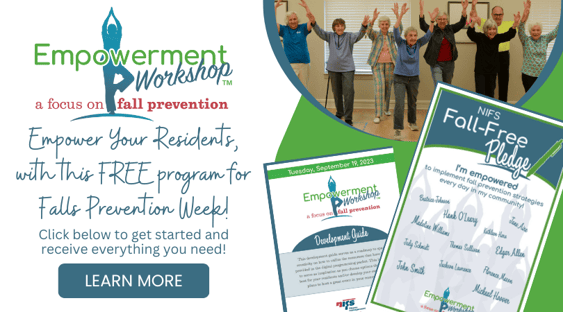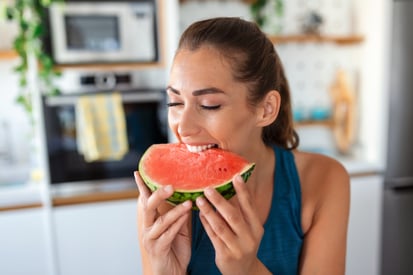 Staying hydrated is an important part of staying healthy and functional during everyday life. Proper hydration helps the body perform several crucial functions including regulating body temperature, keeping joints lubricated, delivering nutrients to cells, and keeping organs functioning properly. Quality hydration also helps to improve quality of sleep, cognitive function, and general mood. Considering all the functions that hydration helps to maintain it’s important to ask a few questions: How much fluid to we need to consume and what are some sources to get it from?
Staying hydrated is an important part of staying healthy and functional during everyday life. Proper hydration helps the body perform several crucial functions including regulating body temperature, keeping joints lubricated, delivering nutrients to cells, and keeping organs functioning properly. Quality hydration also helps to improve quality of sleep, cognitive function, and general mood. Considering all the functions that hydration helps to maintain it’s important to ask a few questions: How much fluid to we need to consume and what are some sources to get it from?
According to the Mayo Clinic men should consume 15.5 cups of fluid per day and women should consume 11.5 cups of fluid per day. When people see those numbers, their minds immediately go to liquids: water, sports drinks, tea, etc. Water is an excellent and very popular source of liquid to maintain hydration. Sports drinks can also be very effective, particularly during or after lengthy, strenuous exercise. Even tea can be an effective hydrator when consumed in moderate amounts. As effective as these liquids are, they are not the only quality sources of hydration in our diet. In fact, about 20% of fluid is obtained through foods with high water content. There is a plethora of foods, particularly fruits and vegetables, that can help keep you hydrated throughout the day.
There are several great fruit options to help you stay hydrated. Watermelon might be the most famous and effective example. With a 92% water content is one of the most hydrating foods you can eat. It also is very low in calorie density which makes a good snack for weight loss or weight maintenance. Cantaloupe is another fruit that really packs a hydration punch. It has a 90% water content and Vitamin A which can boost immune health. You can also add cantaloupe to salads, smoothies or even yogurt to help hydrate while eating a meal. Other fruits that can be great for hydration include peaches, strawberries, and oranges. Not only do each of these fruits help with hydration but also provide other nutritional value.
Vegetables can also be a great source of hydration in everyday life. Iceberg lettuce is an excellent example of a veggie that help with hydration. It is also easy to a dd into your diet by making salads. Additionally, it contains fiber, vitamins A and K, and potassium which adds some good nutritional value. Zucchini is also a great way to help hydrate. It has a very high-water content and is also low in calories. Furthermore, it provides a lot of diet versatility, meaning you can eat it as is or add it to something larger. It works well on its own but can also be incorporate into soups, stir-fries, or other side dishes. Celery, Cucumbers and Tomato can also be very valuable sources of hydration outside of liquid. Each provide their own nutritional value whether it be antioxidants or valuable vitamins.
Staying hydrated is a vital part of maintaining your everyday health and well-being. As such it is important to know all the sources of hydration that are out there. Water, tea, milk, and other liquids are great options to stay hydrated but it’s important to know alternative sources. Incorporating water rich fruits and veggies into your diet can make it easier and tastier to stay hydrated throughout the year!


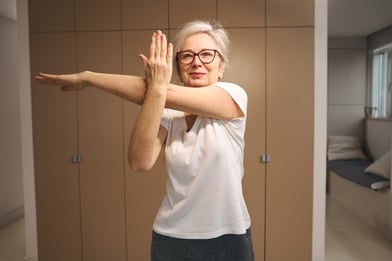 Anyone and everyone can benefit from having better balance. From professional athletes to the active aging population, balance plays a critical role in everyday life. Whether a professional gymnast is flipping on a beam, or a senior is simply trying to lower their risk of falling, improving balance starts with two things: identifying
Anyone and everyone can benefit from having better balance. From professional athletes to the active aging population, balance plays a critical role in everyday life. Whether a professional gymnast is flipping on a beam, or a senior is simply trying to lower their risk of falling, improving balance starts with two things: identifying 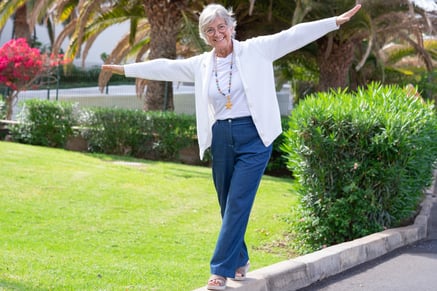 What is great about practicing balance is there are multiple ways to do so without breaking the bank. In
What is great about practicing balance is there are multiple ways to do so without breaking the bank. In 
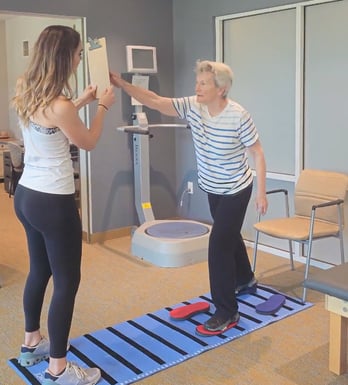 What is great about practicing balance is that there are multiple ways to do it including the utilization of various machines. Within senior living, evaluating equipment options can be a helpful starting point to developing a comprehensive fall prevention program for residents. In this two-part blog series, we’ll be covering investment pieces to incorporate in your fitness center’s fall prevention programming as well as more budget-friendly options if you are looking for more cost-effective options to give your
What is great about practicing balance is that there are multiple ways to do it including the utilization of various machines. Within senior living, evaluating equipment options can be a helpful starting point to developing a comprehensive fall prevention program for residents. In this two-part blog series, we’ll be covering investment pieces to incorporate in your fitness center’s fall prevention programming as well as more budget-friendly options if you are looking for more cost-effective options to give your 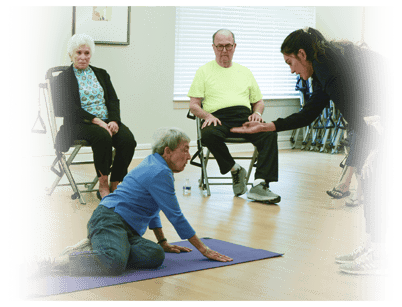 Fall prevention programs and services have been a cornerstone of
Fall prevention programs and services have been a cornerstone of 